We recently connected with Jamie Downs and have shared our conversation below.
Jamie, looking forward to hearing all of your stories today. Earning a full time living from one’s creative career can be incredibly difficult. Have you been able to do so and if so, can you share some of the key parts of your journey and any important advice or lessons that might help creatives who haven’t been able to yet?
I have traveled several paths, earning a living from my creative work; and I also had the support of my spouse who has always encouraged me to follow my bliss and pursue my art. I have worked as a photojournalist, magazine creative director, events coordinator, graphic designer, arts administrator and currently as a university professor. I have always been able to continue to paint and show throughout all these careers, participating in galleries so that I would be showing regularly. For ten years I managed a non-profit art center with gallery space and major educational programs for the general public and at risk kids, including an arts magnet school. This was a very rewarding decade. After moving to DC I managed a major studio space. I had always thought that the most compatible job to allow for my painting would be university professor and that is what I am doing now at the University of the District of Columbia where I teach studio art and computer art classes and before that at Montgomery College. I had planned to go to grad school twice, but family responsibilities did not allow me to take that direct path to university teaching. In retrospect, I’m glad that things happened the way they did because I learned so much from the richness of my different job activities.

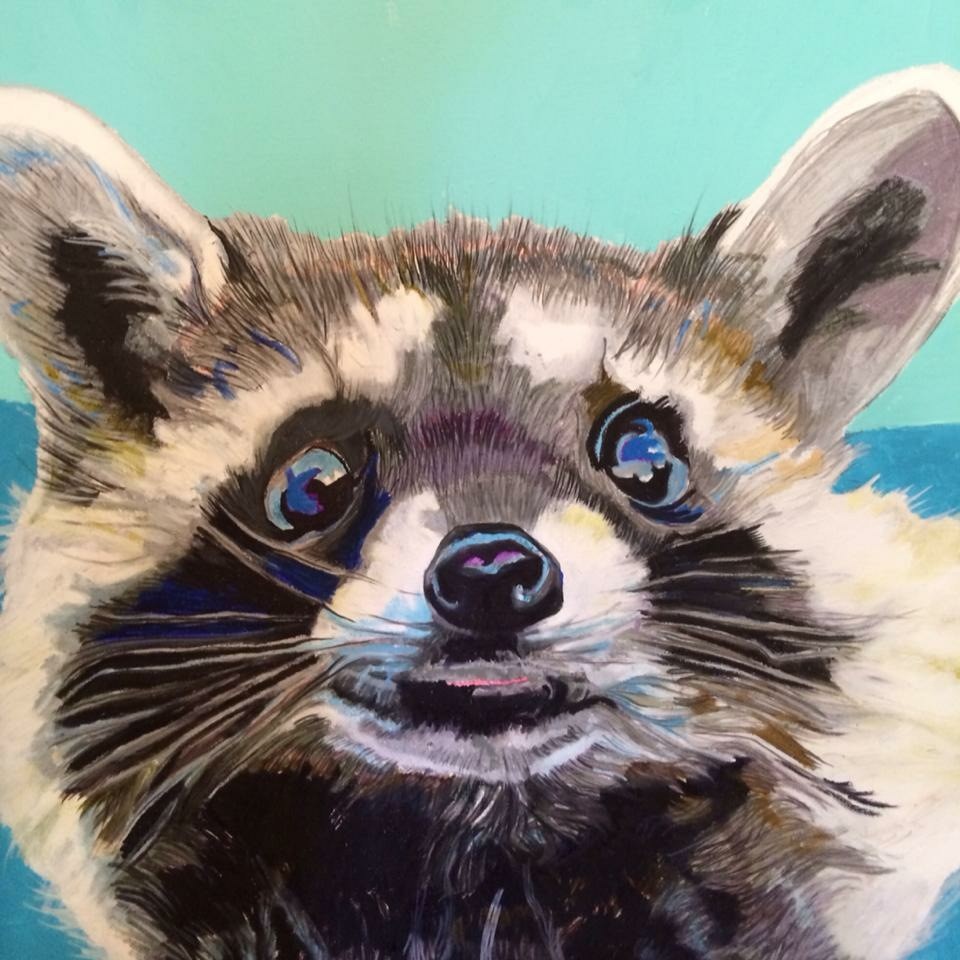
Awesome – so before we get into the rest of our questions, can you briefly introduce yourself to our readers.
I went to art school after high school and majored in fine arts painting. The work I did then was inspired by abstract expressionism and, like much abstract expressionism, was spiritually based. I have continued to do this type of non-objective painting and it is my favorite work most of the time. After college, my first job was as a photojournalist. The camera centered art making has influenced my painting greatly. Running an art center, I set up computer art classes, so I picked up that skill, using the main software packages since they first became available. Working in magazine and newspaper production and print advertising I became accomplished in graphic design. Putting together photography, computer art and graphic design skills I am able to quickly produce art products in many forms beyond fine arts painting. I have digital limited edition prints and art based products available from my studio and on several internet based outlets. The influence of photography and digital images lead me to produce a nature based series of paintings along side my non-objective work. It started with flowers and then birds, then animals generally and most recently, considerable amounts of work about bees and herons. I have this work available as original paintings and less expensive multiples. The original paintings range in size from 24″ x 24″ to 48″ x 48″ and larger. They are almost always mixed media, usually acrylic and water based but sometimes in oil as well. Digital work can be produced in almost any size to meet a clients needs.

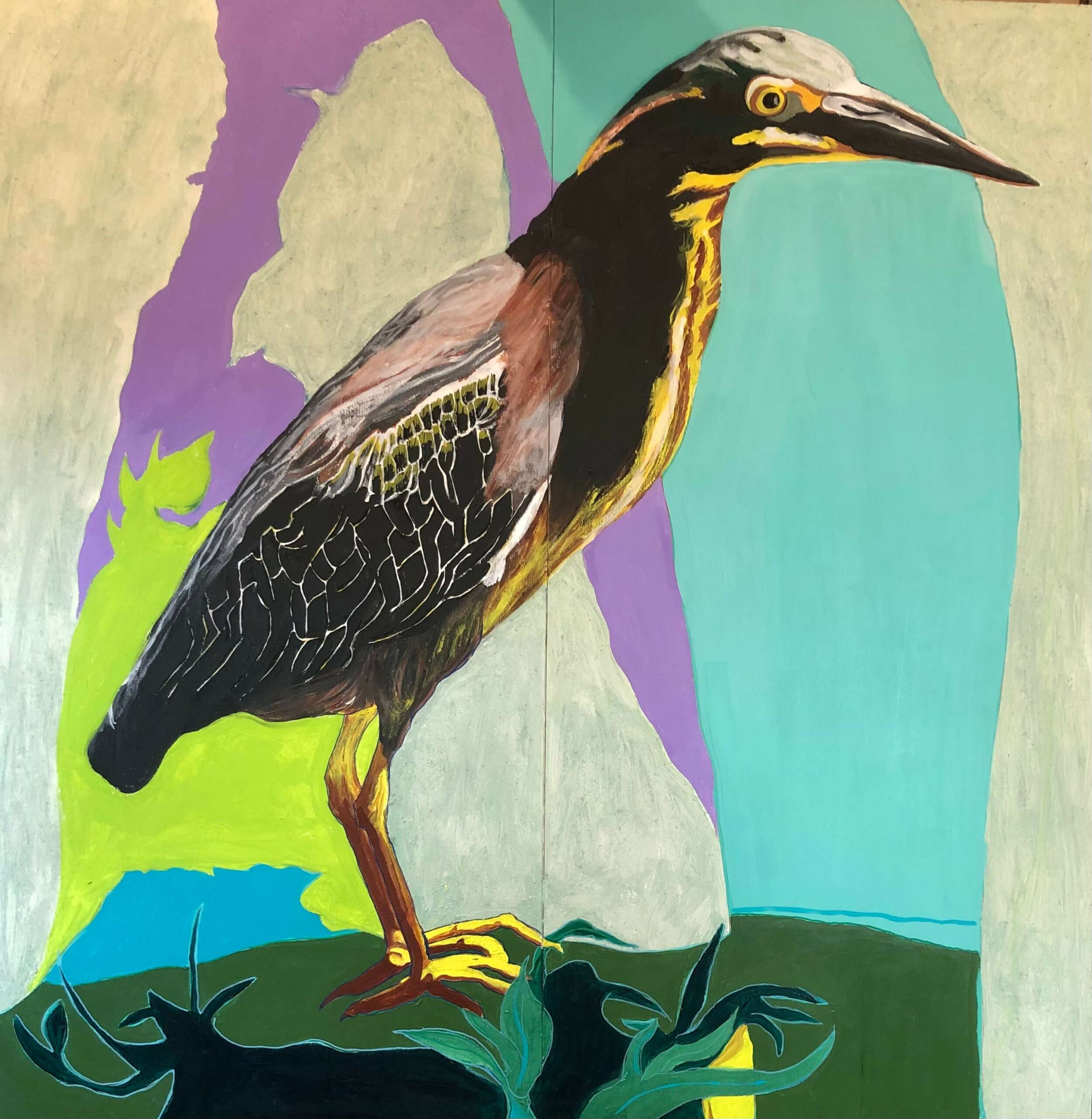
Have you ever had to pivot?
I have had to pivot many times along my career path because of life’s difficulties, changes in family circumstances, successes and failures along the way…. As a result I have had a career lattice, forking in many directions. I have found that each fork in the path has taught me things that I have been able to use in the next endeavor. I think this is the case for creatives and those outside the usually called creative fields. Resilience is probably the most necessary quality to develop to be able to look for the next opportunity or take advantage on one that presents itself – and they always seem to. From photojournalism, I learned newspaper and magazine production. From the magazine and non-profit my husband and I started when looking for a change in careers I learned non-profit management which lead to the jobs I had for the bulk of my career. Volunteering for a local art council during a period of time when non-profit funding was flourishing lead me to go to many conferences, first as an eager learner and then as a presenter as my own non-profit became a model for those trying to use the arts to develop community. This lead me to being offered to teach a graduate course in arts management which added to my credentials and made it possible for me to turn to university teaching as an aging professional. All of these pivots have kept me in touch with a large community of creatives that enrich my life and my own art.
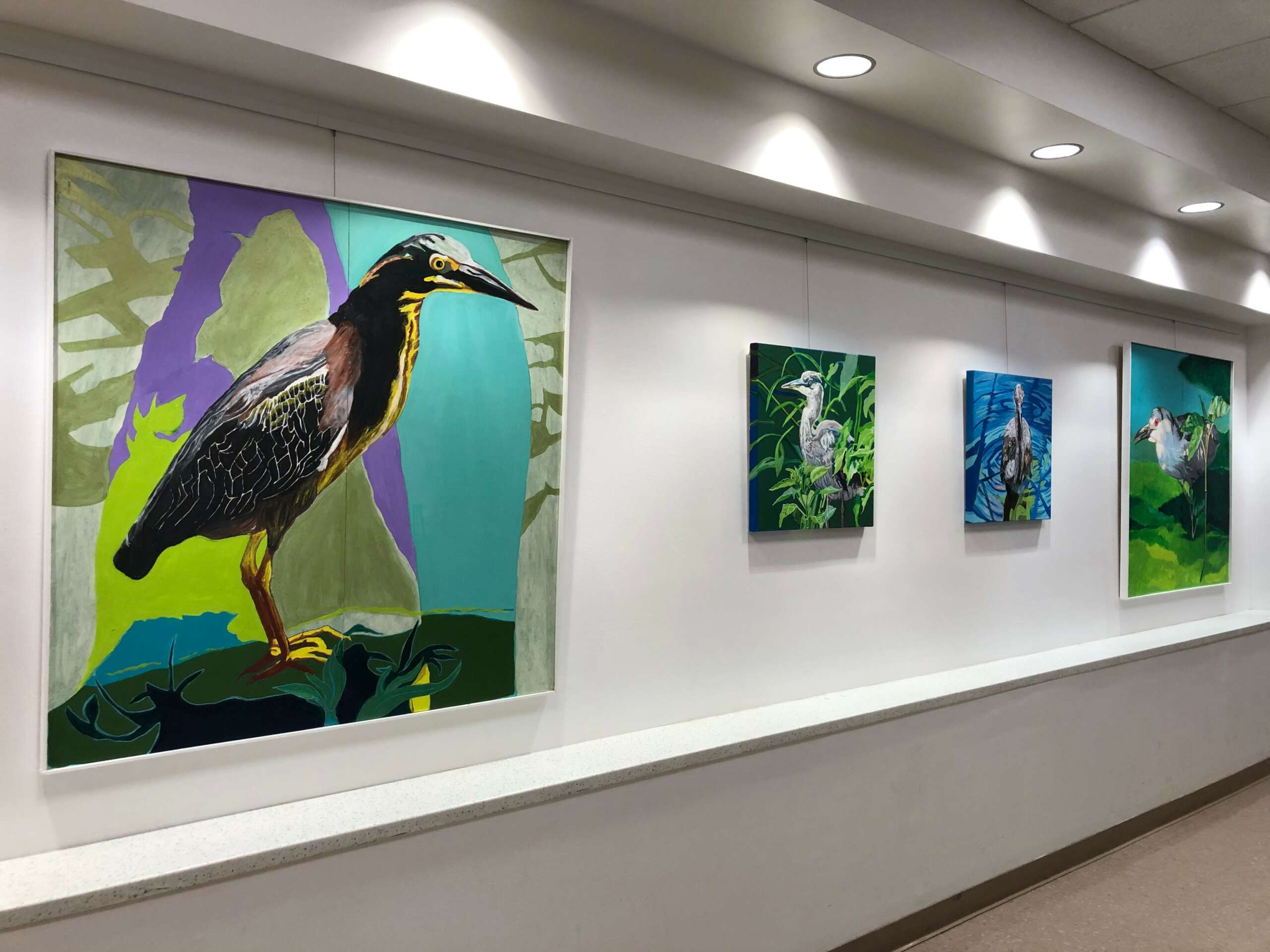

How can we best help foster a strong, supportive environment for artists and creatives?
Artists have been seen to be living on the margins of society which is only partly true. Creative also build community and inspire economic development along the way. To first encourage creatives, grant funding has to become more available and managed differently with faster turn around in availability of funding streams. In the 90’s Harvard School of Education came up with alternative grant funding ideas, but to my knowledge, the reduction of government funding for the arts has stalled the progress. Organizations like Americans for the Arts are a tremendous resource counteracting this loss of government support as much as possible, never giving up on the uphill struggle and becoming very sophisticated at playing the game and having influence. I was asked to write a small book at one point for the Center for Rural Pennsylvania to talk about these needs. Artists should be taught about making grant applications and working with non-profits and educational institutions in art school. The strength of the arts in social services is proven and utilization of artists and their skills should be encouraged. In community development it is clear that creatives spur economic development often to the point where they can no longer afford to live in the neighborhoods they helped to develop. This issue is being and should be addressed by those building art centers and arts and entertainment districts so that the skills of those that begin the development are not lost as the community begins to benefit from their efforts.
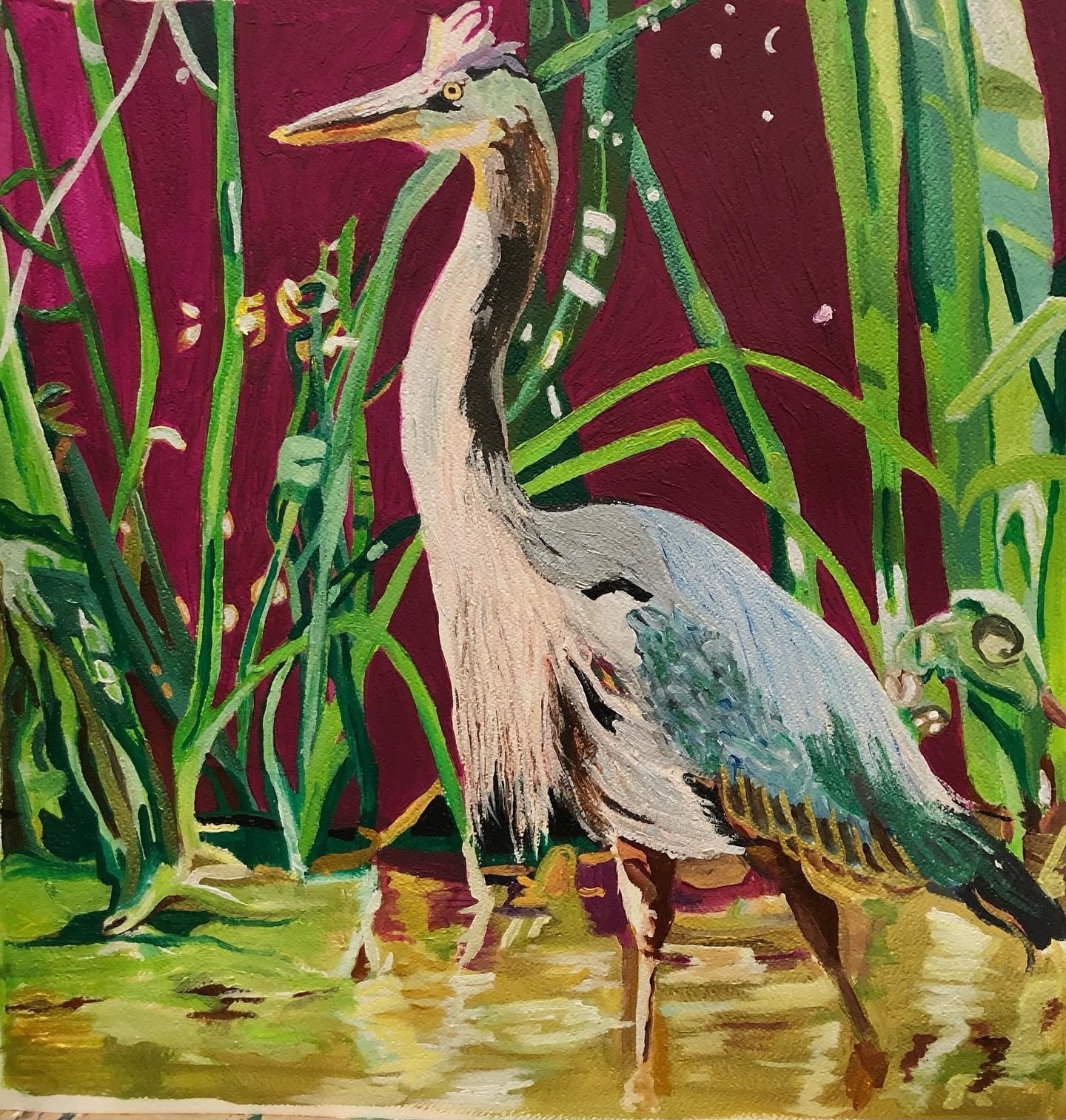
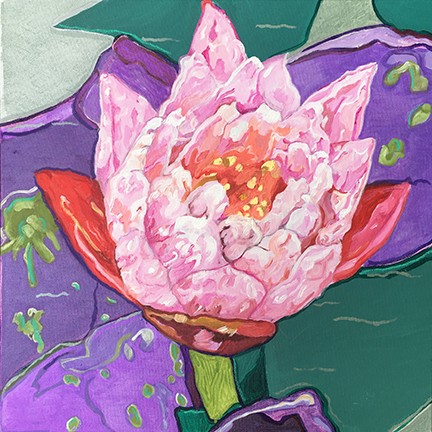
Contact Info:
- Website: abstractart.hypermart.net
- Instagram: @jamiedowns1. @gallery209art
- Facebook: Jamie Downs, Jamie Downs Visual Artist, Jamie Downs Virtual Gallery, A Family of Artists, The Digital Folk Life
- Linkedin: linkedin.com/in/jamie-downs-3bbb60173
- Youtube: @jamiedowns1
- Other: etsy.com/people/jamiedowns pinterest.com/jamiedowns1 jamiedowns.wordpress.com flickr – jamiedowns since 2006 https://fineartamerica.com/profiles/1-jamie-downs tumblr.com/jamiedowns1
Image Credits
All photos taken by me Jamie Downs


